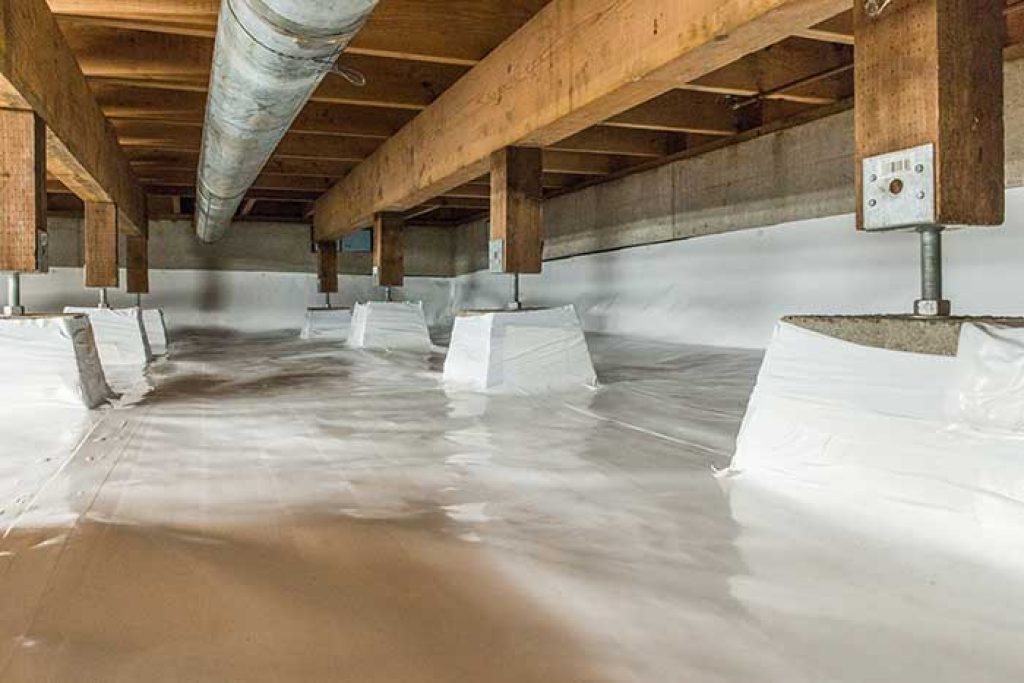
Crawl spaces are common with many homes. They act as a barrier between a house and the ground below and provide support for living areas above. While a crawl space serves many beneficial purposes to your home, leaving it unsealed can put your home at the risk of potential pest intrusion and damage, moisture problems, and unpleasant odors.
To curb the obnoxious issues associated with having an open crawl space, you might consider sealing it. But, is such a move the right choice? To find out, we’ll be reviewing the pros and cons of sealing your crawl space. In the end, we’ll arrive at a satisfying conclusion.
Let’s begin with the Pros.
Pros of Sealing Your Crawl Space
Have you made up your mind to seal your crawl space? Here are the benefits that come with such a decision.
1. Prevents Pest Infestation
Did you know that termites alone cost homeowners roughly $5 billion a year for pest control and damage repair? To limit your vulnerability to pest intrusion and protect yourself from the ensuing damages caused by these critters, you’ll have to consider sealing your crawl space.
By sealing your crawl space, you make it impossible for unwanted insects and critters to gain access to your home. Of course, if your crawl space is already infested with pests, you’ll have to eradicate them before sealing the space.
2. Boost Energy Efficiency
An open crawl space can result in loss of hot or cool air outside. Such circumstances can strain your HVAC system and increase your energy bill. Once you seal your crawl space, you put an end to the loss of hot or cool air while also protecting your HVAC system. In the long run, you’ll conserve energy and reduce your heating cost.
3. Reduce Moisture in Your Crawlspace
Humidity is an issue homes face during every season. But, it is a more serious issue for homes with crawl spaces.
And why is that?
You see, areas with high humidity levels like your basement and crawl spaces tend to trap moisture, making it a breeding ground for fungal growth, mold, mildew, and pest infestation. By implementing crawl space encapsulation, you can reduce the humidity level by waterproofing and ventilating the space to ensure that high moisture content can disappear. Crawl space encapsulation can as well help you get rid of molds, mildews, pest infestation, etc.
[wpsm_ads1]
Cons of Sealing your Crawl Space
Here are some of the disadvantages of sealing your crawl space
1. More Maintenance
Having installed a crawl space encapsulation system in your home, what next? Like other areas in your home, you’ll need to prioritize its maintenance. As you guessed, the maintenance will involve frequent crawl space inspections to ensure that everything is in place.
2. No Storage
While sealing your crawl space can put your mind at ease regarding potential pest infestation or mold and mildew development, you’ll end up having no storage. If you are fond of storing materials in your crawlspace, you’ll lose such privilege when you seal it, unless, of course, you are prepared to break the seal as you’ll have to do so to access the stored materials.
Conclusion
From what we see, it’s obvious that sealing your crawl space has advantages and disadvantages. However, judging from the pros, it is safe to say that sealing your crawl space is the best decision to take. Of course, taking this step will cost you money; regardless, it remains the right choice, unless, of course, pest intrusion, mold, and mildew seem like something you can tolerate.